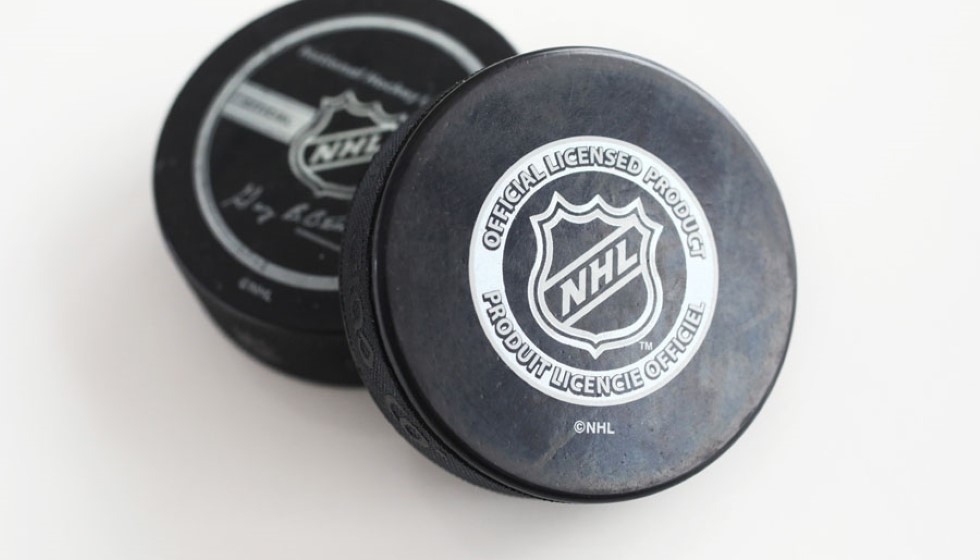
Controversy Takes the Ice: The Marchand-Bennett Collision
The game of hockey, known for its high intensity and physicality, witnessed another controversial moment that's stirring heated debates across the NHL community. The center of this controversy is a collision involving Brad Marchand of the Boston Bruins and Sam Bennett of the Florida Panthers—a moment that has sparked a complex conversation on player safety, competitive conduct, and potential consequences for involved parties.
Following the incident, Marchand was listed as day-to-day, having missed the concluding period of the game in question. Although he briefly returned to the ice after the initial hit, Marchand was conspicuously absent from the third period onwards, as well as from the subsequent team practice. This absence has raised concerns about his ability to participate in Game 4, thereby putting the Bruins' offensive strategy in jeopardy.
The hit, delivered by Bennett, was not penalized by the officials, a decision that has since been scrutinized by fans, commentators, and professionals alike. Critics argue that the nature of the hit strayed from what is typically considered competitive play, suggesting a more sinister intent behind Bennett's actions.
Evaluating Intent: A Coach's Insight
Adding a layer of complexity to the incident is the perspective offered by Bruins' coach, Jim Montgomery. After reviewing footage of the hit, Montgomery posited that the collision might have been more than just a play gone awry, indicating a possibility that Bennett's actions were intentional. "In real-time, my eyes weren't there because the puck had already moved on," Montgomery elucidated. "However, after seeing the playback, one cannot ignore Bennett's history. He's a commendable player known for his rigor, yet this incident casts a shadow that's hard to overlook."
Montgomery's statements, profoundly critical of Bennett's conduct, suggest a belief in the existence of a motive beyond the purview of normal gameplay. These comments have ignited discussions surrounding player conduct and the responsibility of athletes to ensure the safety and integrity of the game and their fellow players.
The Bruins' Conundrum and Beyond
With Marchand's status uncertain for upcoming games, speculation abounds regarding the Bruins' ability to maintain their offensive momentum. Marchand has been a pivotal player for the Bruins, amassing an impressive 10 points over 10 postseason games. His potential absence puts added pressure on teammates, notably David Pastrnak, to compensate for the lost firepower.
More broadly, the incident has rejuvenated conversations about player safety and the NHL's handling of on-ice conduct. As the league strives to balance the inherent physicality of hockey with measures to protect its players, incidents like the Marchand-Bennett collision serve as pivotal points of reference. They not only influence immediate game dynamics and team strategies but also contribute to the ongoing dialogue about the evolution of the sport and its regulation.
The coming days will likely offer more clarity regarding Marchand's condition and his capacity to contribute to the Bruins' postseason aspirations. Likewise, the NHL community will be watching closely to see if this incident precipitates any changes or reinforces the current approaches to player safety and competitive integrity. Regardless of the outcomes, the Marchand-Bennett collision underscores the delicate balance between aggression and caution that defines much of professional hockey—a perpetual point of discussion among those who play, coach, and cherish the game.
In the meantime, the Bruins, along with their supporters, await news of Marchand's recovery with bated breath, hopeful that their key player returns to the ice sooner rather than later. The controversy surrounding the hit may linger, but the team's immediate focus will undoubtedly be on securing victories and advancing through the postseason, despite the challenges posed by unforeseen incidents such as this.
In conclusion, the collision between Brad Marchand and Sam Bennett highlights the ongoing debate within professional hockey regarding the fine line between competitive aggression and reckless endangerment. As the NHL and its stakeholders grapple with these issues, the outcome of this incident may have lasting implications for how the game is played and governed in the future.